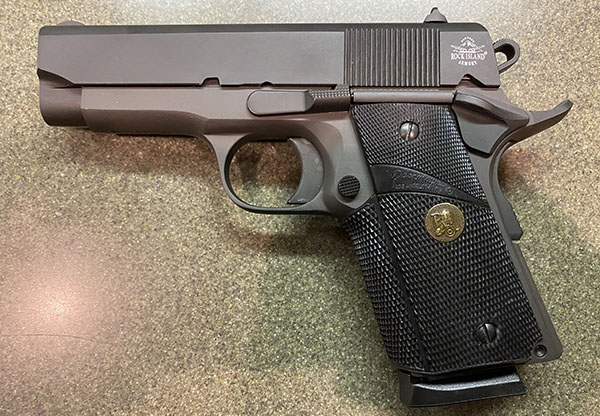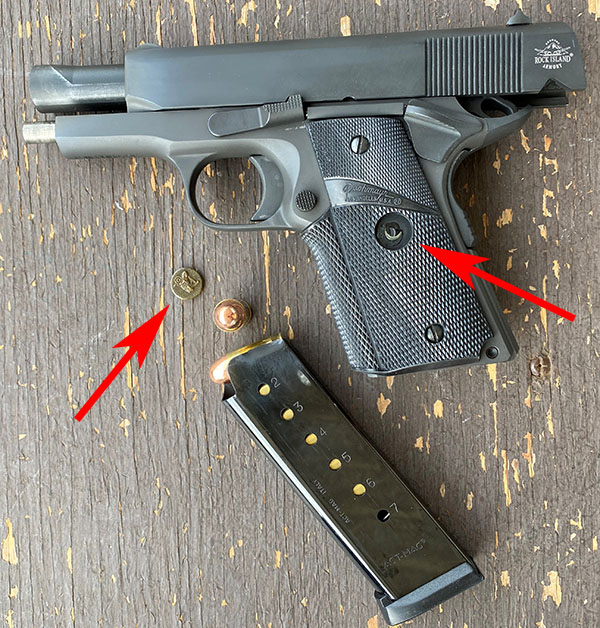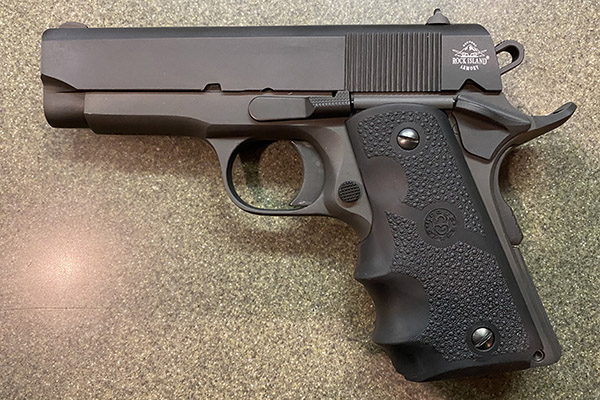
Before the Internet I used to read books. Not just motorcycle magazines, although they were a great source of ideas, but real books. I shot a close-up photo of our bookshelf the other day for a Wastebook post. It was just for fun but looking at the photo I realized the impact some of the titles had on my typing. I never started out to write. I never dreamed of writing the Great American Novel. I fell into typing by osmosis and now I can’t stop. Once I was roped in I mostly tried to emulate my favorites. Find a writer you like and think like them. I don’t try to copy or mimic my favorites, I channel them as I type.
First up is A Confederacy of Dunces by John Kennedy Toole. Mr. Toole killed himself long before ACOD was published. It pisses me off that he chose that path for strictly selfish reasons: I wanted to read more of his stuff. ACOD is a huge, rambling thing full of recognizable personalities, disgusting situations and incredibly funny passages. The Levy pants story will be pleasing to anyone who has held a job (no matter how briefly) and the hot dog cart bit is familiar to anyone who ever tried to sell Christmas cards door to door.
The Best of S. J. Perelman is a collection of essays from The New Yorker. This is a guy you will want to steal from after the first verb. People will look at you like you’re crazy when reading this book on an airplane because you really will be laughing out loud. (Not to be confused with the nearly meaningless LOL, which is often used on the web for things that aren’t actually all that funny.) Perelman’s short bits cover a wide range of topics but always end up absurd. If I could write as well as him in today’s media environment I still wouldn’t be making any money but at least I’d have cigarettes.
The Portable Dorothy Parker is another collection of stories written for The New Yorker. That mag must have been something. At a time when women were routinely named Dorothy she did play reviews, poems, screenwriting and managed to get herself blacklisted. Less bitter than H. L. Mencken, Dorothy’s stories can be safely read both by people with suicidal tendencies and regular folks.
It seems like there are a lot of collected works on this shelf. CT organized it. The unseen hand of her masterful brain is behind the curtain. Anyway, don’t blame me. The Best of Robert Benchley is another collection in the smart, funny but down to earth mold. Benchley also wrote for The New Yorker (what a murderer’s row!) and he dabbled in Vanity Fair during slack times. When these stories were originally written the intention was to parcel them out slowly. Each issue of The New Yorker was an event. Best-Of collections hit you with a fire hose of quality that overwhelms your brain and maybe numbs your senses a bit.
The Commitments, The Snapper and The Van are three full-length books crammed into one small space. I’ve read The Commitments and The Van for sure. I can’t remember if I read The Snapper so I’ll have to get my magnifying glass out and check. If you only have time to read one of these stories by Roddy Doyle make sure it’s The Van. The Van is like Trainspotting except with food trucks instead of heroin.
The Best Short stories of O. Henry should be required reading for anyone thinking of writing for fun or…fun. O. Henry invented the ending-with-a-twist that featured large in last century’s story telling. We seem to have gotten away from these surprising finishes like, “Darn! She shouldn’t have cut her hair!” Now stories just kind of fade out with a pale, rictus arm reaching out of a lake or it’s revealed that the two main characters are father and son.
Finally, we come to Hunger by Knut Hamsun. This book was published in 1890 yet the ensuing 130 years have not dulled the edge of the humor in this book. Fittingly for this blog, the protagonist is a failed writer and we follow his slow starvation and descent into a delirium world. It’s funnier than it sounds. If you want to be a successful writer, learn a trade is what I took away from reading Hunger.
These are some of the books I use as inspiration when I’m faced with replacing a transmission in a Jeep or trying to work the self-checkout in Wal-Mart. At the emotional level, living in today’s world is no different than when these authors were writing. Life still becomes more ridiculous the deeper you dig into the thing and all we can do is shake our heads and crack wise. Wait here while I go sell my pocket watch.




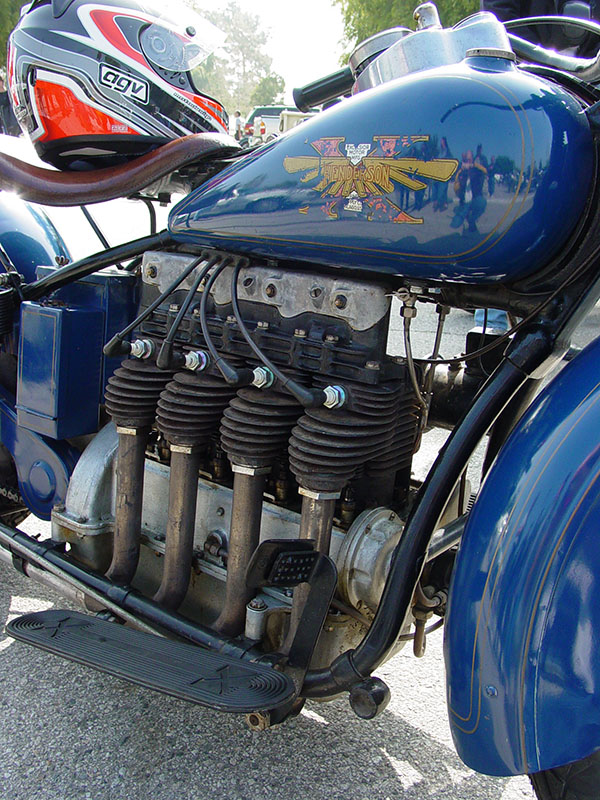













 It’s not every day you get to see a new 2020 Suzuki Katana for the first time, and it’s certainly not every day you get living legend and motojournalist extraordinaire Kevin Duke to take a photo of you standing next to it. Yesterday was that day for me, and the photo you see above was a shot Kevin grabbed of yours truly with the new Katana. I was visiting with the boys at
It’s not every day you get to see a new 2020 Suzuki Katana for the first time, and it’s certainly not every day you get living legend and motojournalist extraordinaire Kevin Duke to take a photo of you standing next to it. Yesterday was that day for me, and the photo you see above was a shot Kevin grabbed of yours truly with the new Katana. I was visiting with the boys at 



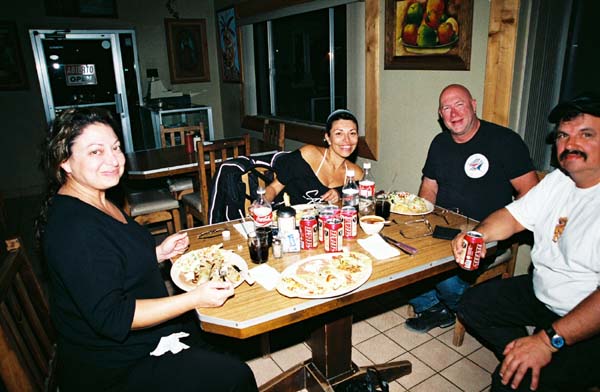



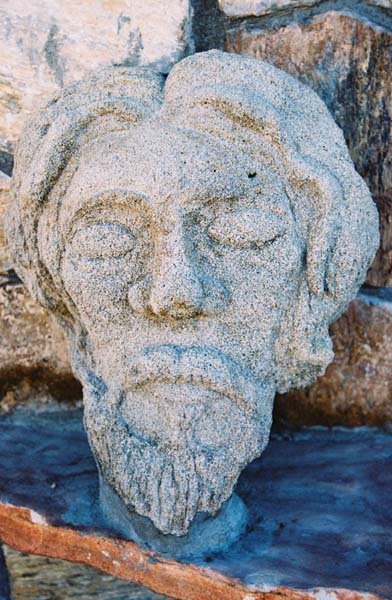


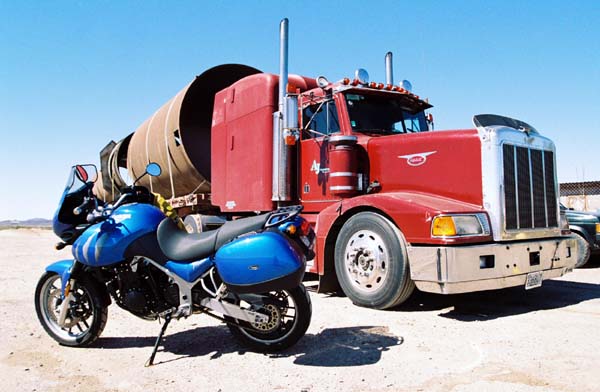



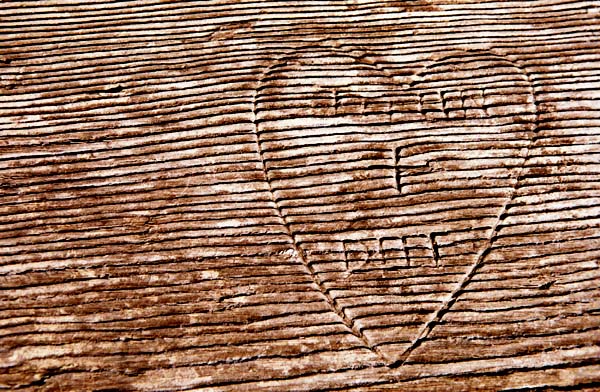








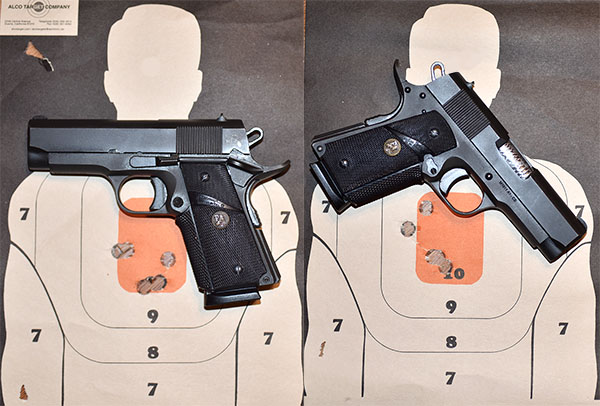
 grips. These little snubbie 1911s are surprisingly accurate.
grips. These little snubbie 1911s are surprisingly accurate.